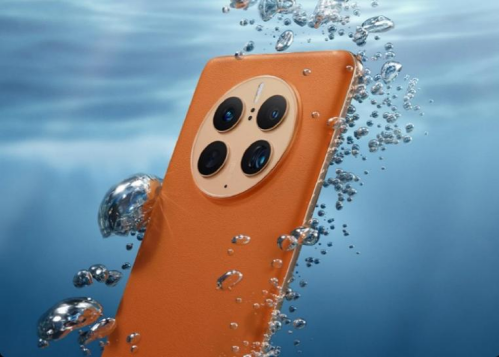Over the past decade, mobile photography has witnessed remarkable advancements, elevating smartphones into powerful tools for capturing cherished memories. A pivotal factor in this evolutionary process lies within the camera aperture. This article delves into the significance of aperture settings in mobile cameras and their profound impact on the quality of captured images. By comprehending the aperture, your photography skills will be enhanced, and the overall excellence of your mobile photos will be elevated.

The Critical Role of Aperture in Mobile Photography
The aperture of a camera lens profoundly impacts the outcome of photographs. In mobile photography, where flexibility and convenience are paramount, comprehending the influence of aperture unveils boundless possibilities for both novice and professional photographers.
Light Intake
The aperture of a mobile camera plays a pivotal role in light management, as it allows an increased influx of light to reach the sensor, thereby proving indispensable in low-light conditions. This remarkable capability empowers mobile phones to capture images with enhanced clarity and brightness without excessive reliance on artificial lighting or flash, thus revolutionizing everyday photography.
Depth of Field
The aperture settings directly influence the depth of field in an image. A wider aperture (lower f-number) creates a more exquisite depth of field, delicately accentuating the subject while elegantly blurring the background. This effect is particularly advantageous in portrait photography, where highlighting the subject is of paramount importance.
Sharper Images
The choice of aperture also impacts the sharpness of the images. Opting for a smaller aperture (with a higher f-number) enhances the depth of field, resulting in impeccably defined details throughout the entire scene. This particular setting holds paramount importance in the huawei smartphone, where capturing intricate details with utmost precision is imperative to produce high-quality images that retain their clarity and vibrancy even under diverse lighting conditions.
Background Blur
A wider aperture can produce an exquisite bokeh effect, wherein the background is artistically blurred to accentuate the subject. This highly coveted feature in mobile photography enables attaining professional-grade outcomes directly from your smartphone.
Faster Shutter Speeds
A larger aperture allows an increased influx of light, facilitating the utilization of faster shutter speeds. This proves exceptionally advantageous when capturing action shots or scenes with movement, as it eliminates any potential motion blur. Mobile photographers can effortlessly seize sharp images of subjects in motion, enhancing the dynamic ambiance of their photographs.
Lens Flexibility
The remarkable versatility of mobile cameras with adjustable aperture settings allows for unparalleled flexibility. Whether capturing breathtaking landscapes or delving into the intricate world of macro photography, the ability to fine-tune the aperture in accordance with shooting conditions can significantly elevate the final results. This inherent adaptability proves indispensable when confronted with a myriad of photographic challenges.

Detail Preservation
The ability to adjust the aperture is particularly advantageous in constantly fluctuating lighting conditions, as it aids in preserving intricate details that might otherwise be obscured within shadows or highlights. By skillfully regulating the amount of light entering the lens, photographers can effectively circumvent overexposed or underexposed areas in their photographs.
ISO Sensitivity
The adjustment of the aperture has a direct impact on the ISO sensitivity required to achieve optimal exposure. A wider aperture can effectively mitigatfe the necessity for higher ISO settings, which often introduce undesirable noise into the image. Consequently, judiciously selecting an appropriate aperture setting preserves image clarity and minimizes graininess.
Conclusion
In conclusion, the aperture is an indispensable aspect of mobile photography that profoundly influences various elements of an image, encompassing light intake and meticulous detail preservation. Proficiently harnessing its utilization can significantly augment the quality of photos captured with a mobile device, equipping photographers with the essential tools to attain professional-grade photographs in diverse environments. As mobile technology advances, comprehending and effectively employing camera aperture will undoubtedly assume escalating significance.
